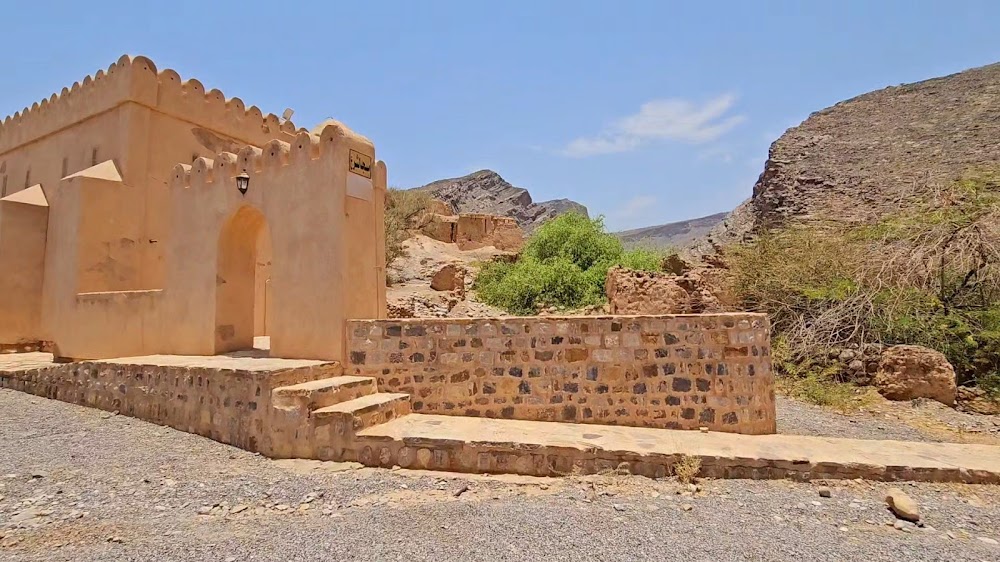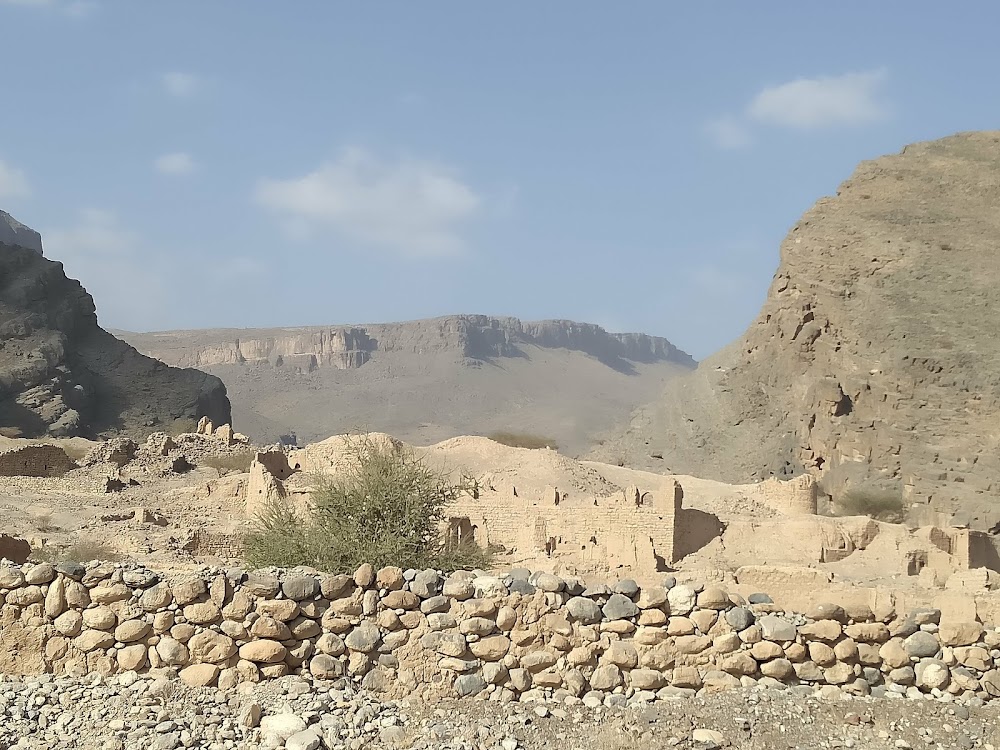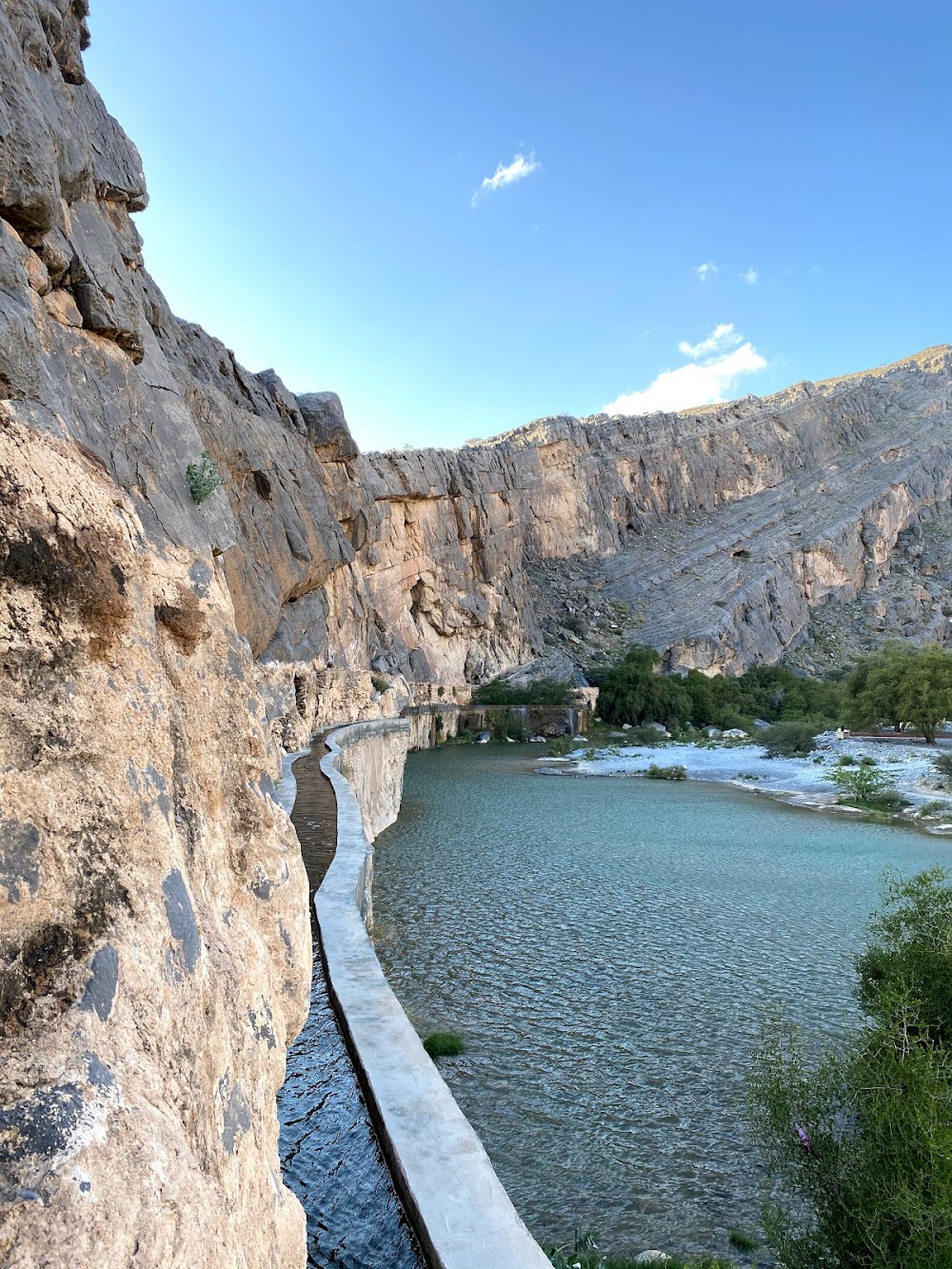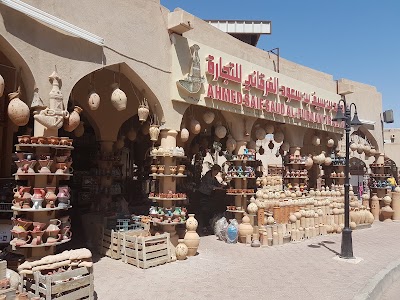Tanuf Ruins (أطلال تنوف)
Related Places
Overview
The Tanuf Castle Ruins, known in Arabic as أطلال حصن تنوف, serve as a poignant reminder of Oman’s rich and tumultuous history. Nestled in the scenic Ad Dakhiliyah region, these ruins tell the tale of a once-mighty fortress that played a crucial role in the area’s defense and governance.
Constructed several centuries ago, Tanuf Castle is believed to date back to the medieval period. Its strategic location allowed it to oversee the surrounding landscape and protect against invasions. The fortress served not only as a military stronghold but also as a center of administration and a symbol of power for the ruling tribes of the region.
The architecture of Tanuf Castle was designed with defense in mind. The thick stone walls were built to withstand attacks, while watchtowers offered vantage points to monitor approaching enemies. Locally sourced stones and mud bricks were used in its construction, held together by a mixture of clay and straw. This technique was both practical and aesthetically pleasing, allowing the fortress to blend seamlessly with the natural surroundings.
Within the fortress, there were multiple structures, including residential quarters, storage rooms, and stables. The layout was organized efficiently, maximizing the use of space and resources. Courtyards provided essential ventilation and light, crucial for life in the harsh desert climate. A sophisticated network of channels and wells supplied water, ensuring the fortress could endure long sieges.
Throughout its history, Tanuf Castle witnessed numerous conflicts. It was a focal point during tribal wars and revolts, often changing hands between rival factions. One of the most significant events in its history was the Jebel Akhdar War in the 1950s. During this period, Omani interior tribes, seeking autonomy, used the fortress as a stronghold against the Sultan’s forces.
The castle’s downfall came in 1957 when Sultan Said bin Taimur, with British military support, launched a decisive offensive against the rebels. Tanuf Castle was heavily bombed, leading to extensive destruction. The damage was so severe that the fortress was never rebuilt, and it remains in ruins to this day.
Today, the Tanuf Castle Ruins stand as a testament to Oman’s resilience and historical heritage. Visitors can wander through the remnants of the walls and towers, imagining the bustling life that once filled its courtyards. Though nature has reclaimed much of the landscape, the ruins still exude an aura of former grandeur.
Efforts have been made to preserve the site, with archaeologists and historians studying the ruins to uncover more details about its past. These studies provide valuable insights into the medieval way of life and the architectural techniques employed at the time.
The Tanuf Castle Ruins are not only an important historical site but also a symbol of the enduring spirit of the Omani people. The story of its rise and fall encapsulates the struggles and triumphs of a nation striving to protect and define itself throughout the ages.









